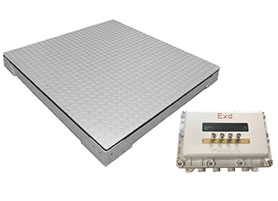
Around the electronic scale refers to some concepts, knowledge and technology related to the electronic scale. These contents can include the principle and working mode of the scale, common electronic scale types, precision and accuracy of the scale, calibration methods and precautions of the scale, etc.
In terms of the principle and working mode of the electronic scale, it mainly involves the use of sensors, digital processing, display and recording results. The electronic scale usually detects the weight of an object through a sensor. The signal generated by the sensor is digitally processed and displayed through a display or other output modes.
Common types of electronic scales can include platform scales, floor scales, suspension scales, etc. Each type has different structures and application scenarios, which can be selected according to specific needs. The precision and accuracy of the scale is an important indicator to measure the performance of the scale. Common precision parameters include the minimum division value, the maximum weighing range, repeatability and linearity. In order to ensure the accuracy of the scale, regular calibration is necessary.
Calibration methods can include adjusting sensor sensitivity, checking and adjusting zero point, comparing and calibrating standard objects, etc. When using the electronic scale, attention should also be paid to maintaining good environmental conditions, avoiding overloading, correct operation and maintenance, etc., to ensure the normal use of the scale and extend its life. In a word, the content around electronic scales covers the knowledge and technology of the principles, types, accuracy, calibration and use of scales. These contents are of great significance for the correct selection, use and maintenance of electronic scales.
(Some materials of this website come from the network. If the information displayed on this website infringes your copyright or other legitimate rights and interests, please notify us in time, and this website will be deleted in time.)

